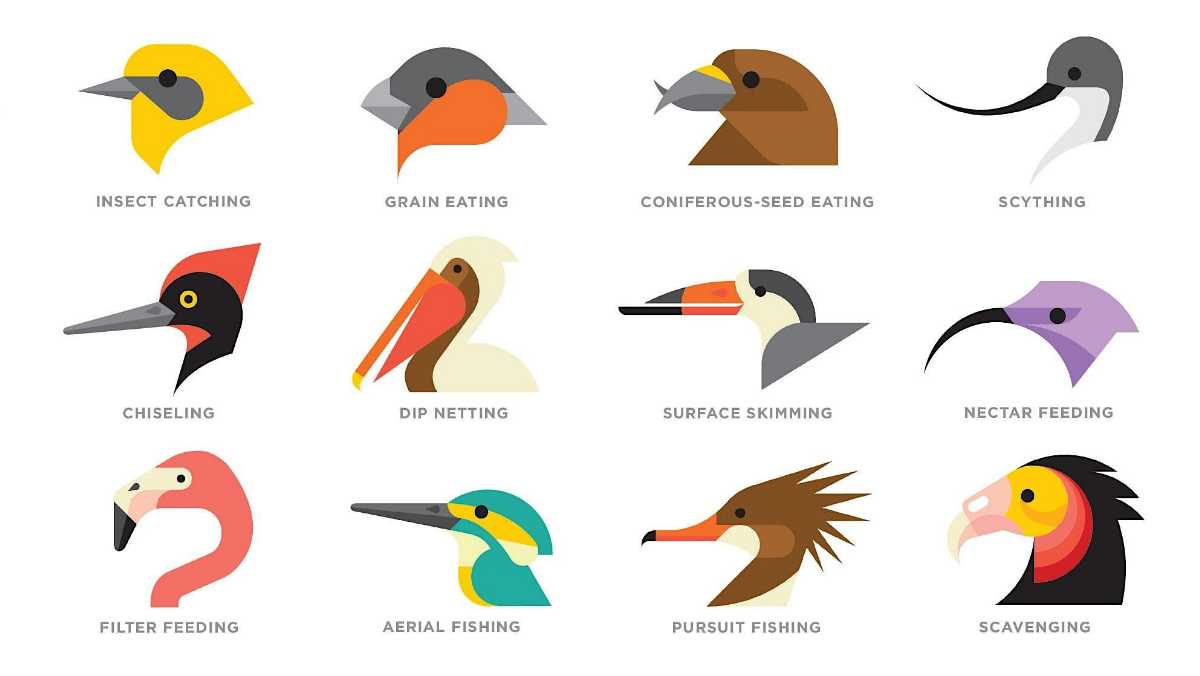1. Equip Yourself with the Right Tools
- Get a reliable bird guidebook specific to your region, such as "Helms Field Guides Birds of the Indian Subcontinent," for accurate identification.
- Utilize bird identification apps like Merlin by Cornell University for on-the-go assistance.
- Invest in a quality pair of binoculars, like the Nikon Aculon 10x42, for clear and detailed bird observation.
2. Learn Birding Basics
- Familiarize yourself with common bird families and their characteristics.
- Understand the basics of bird anatomy and terminology to aid in identification.

3. Join Local Birding Communities
- Attend bird walks led by naturalists or join local birding groups to connect with other enthusiasts.
- Consider joining online birding communities specific to your area for additional learning and networking opportunities.
4. Document Your Sightings
- Keep a birding journal or set up an eBird profile to record and remember your sightings.
- Utilize tools like eBird to contribute to citizen science and help track bird populations.
5. Seek Guidance from Experts
- Visit birding lodges or birding hotspots to observe birds in their natural habitat and learn from expert birders.
- Take advantage of guided tours offered by these establishments to enhance your birding skills.
6. Develop Observation Skills
- Pay attention to habitat characteristics when spotting birds and cross-reference with field guides to understand their preferences.
- Observe distinguishing features such as beak shape, plumage, wings, tail, and behavior to aid in identification.
- Learn to differentiate between similar species by noting subtle differences in size, coloration, and markings.
- Emphasize the importance of listening to distinguish species, as many birds are identified more easily by sound than by sight
7. Practice Proper Birding Etiquette
- Wear muted colors like olive green and grey to blend in with your surroundings and avoid startling birds.
- Exercise patience and practice quiet observation to increase your chances of spotting different species without disturbing them.
8. Explore Various Habitats
- Visit a variety of habitats such as forests, wetlands, and grasslands to encounter diverse bird species.
- Observe how different birds adapt to their specific environments and learn about their ecological roles.
9. Study Local Birds for a Better Birding Experience
To enrich your birding experience, study the common birds in your area before you go. Familiarize yourself with their appearances, behaviors, and habitats. This prior knowledge will help you spot them more easily in the field. By understanding which birds are likely to be present, you can also anticipate their activity patterns, making your bird-watching sessions more rewarding.9. Participate in Bird Counting Events
- Contribute to bird conservation efforts by participating in backyard bird counts
10. Stay Curious and Keep Learning
- Remain open to learning new birding techniques and expanding your knowledge of avian biology and behavior.
- Attend birding festivals, workshops, and lectures to gain insights from experts and enthusiasts alike.
11. Do a Naturalist Course
If you're starting your birding journey, consider enrolling in an amateur or citizen naturalist course. Institutes like Pugdundee Safaris and The Naturalist School in India offer such programs, which can help you develop essential skills and knowledge for birding. For more details, visit their websites: The Naturalist School and Pugdundee Safaris.By following these steps and consistently practicing your birding skills, you'll embark on a fulfilling journey into the world of birdwatching.
